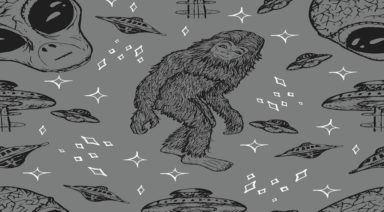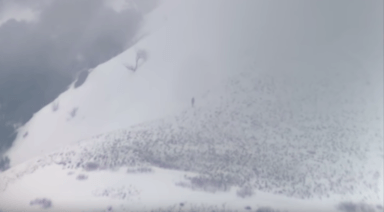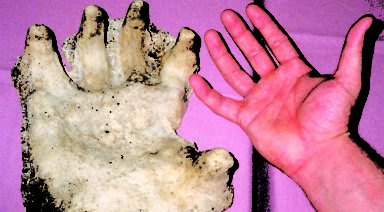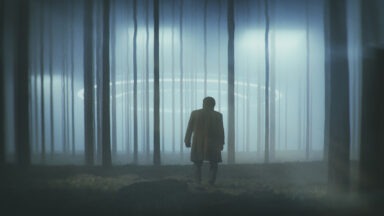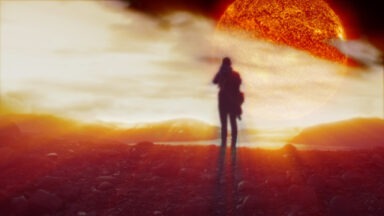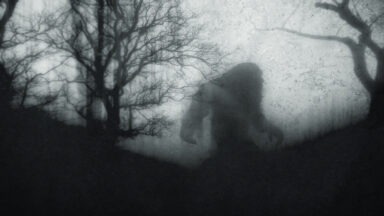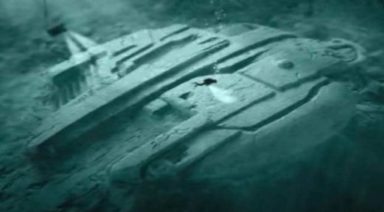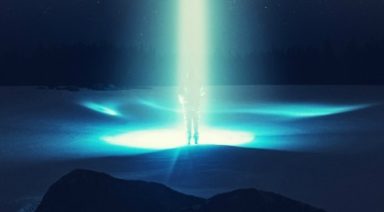3 New Sightings Confirm Ogopogo Lake Monster in British Columbia
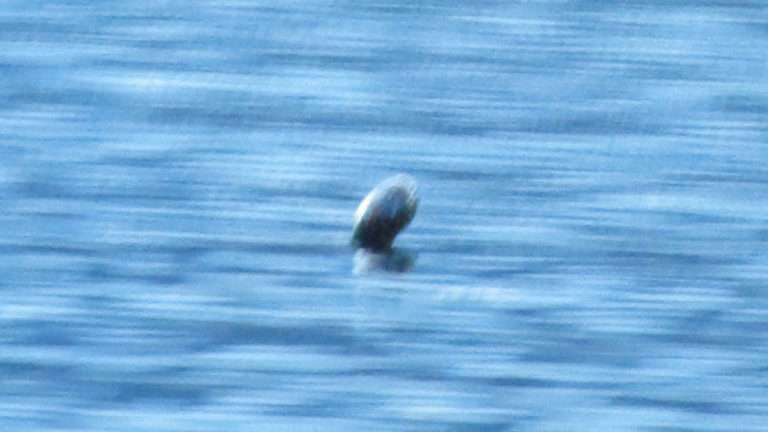
Canada’s legendary lake monster Ogopogo was allegedly spotted last month in British Columbia’s Okanagan Lake. Video footage appears to show a large creature breaching the water’s surface, while a still image purports to show the creature’s head.
Like most cryptozoological footage, the video captured by two local men, and later published by local and international news sources, is shaky and difficult to make out — that’s why we’re taking this claim with a grain of salt. But looking at the footage, there are certainly some interesting anomalies.
According to witnesses David and Keith Halbauer, a serpentine creature estimated to be about 40-feet long was spotted off the water’s edge near Bear Creek Provincial Park in Kelowna, BC. In an interview posted on Canadian broadcast website GlobalNews, the brothers claimed to have noticed the creature while camping by the shore.
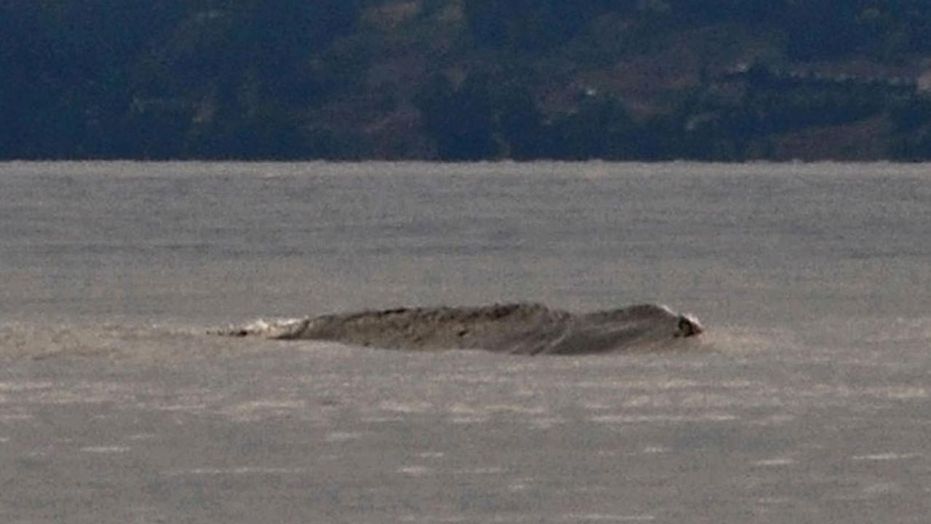
Skeptics have written off the men’s sighting as simply a rogue wave, but the Halbauer brothers say they know what they saw.
“When you’re sitting on the beach on a sunny day, you don’t expect to see a dinosaur coming out of the water,” said David Halbauer.
Shortly after spotting the creature in the water, the brothers said they noticed a large wake wash ashore from the animal’s breach. Convinced they witnessed Ogopogo, the two shared their story with locals, including the area’s foremost expert on the cryptid, legend hunter Bill Steciuk.
Steciuk has created an entire website devoted to the documentation of Ogopogo sightings, firsthand testimony, and lore surrounding the creature’s history.
The legend of the Canadian lake creature has circulated for centuries, dating as far back as the 1700s. Known as N’ha-a-itk, meaning “snake of the water” or “water demon,” natives would offer the sacrifice of a small animal to the creature before crossing the lake.
According to experts, if the Ogopogo was the survivor of some prehistoric species, chances are it could be Basilosaurus cetoides, a type of whale existing some 35 million years ago during the Cenozoic era. Reports of Ogopogo appearing “loglike” match the shape and size of this early whale.
https://youtube.com/watch?v=qAiuMomXv-s
Shortly after the Halbauer’s sighting, two more sightings were reported in Kelowna sparking excitement among the town’s believers, notably Steciuk, who said adamantly, “there’s a species in this lake, there’s absolutely no question!”
Steciuk says he first began investigating the lake creature in 1978, while he was driving across a bridge into Kelowna. He says he looked down toward the water, noticing three humps as well as the creature’s head protruding from the water. Steciuk said he had time to pull over, put on his hazards, and peer down at the creature floating in the water — from then on, he was a believer.
The Ogopogo falls into one of the more believable classes of cryptids, as there have been a number of lakes around the world purporting to have their own lake monsters. Aquatic cryptids with precedent based on species from prehistoric epochs seem viable compared to some of the more fantastic ones. Could the Ogopogo, Loch Ness Monster, and other lake creatures be the product of prehistoric ancestors that survived millions of years unbeknownst to us?
For more on the fascinating history of lake monsters around the world watch this episode of Arthur C. Clarke’s Mysterious World:
UFOs and Bigfoot; Evidence of an Inter-Dimensional Connection
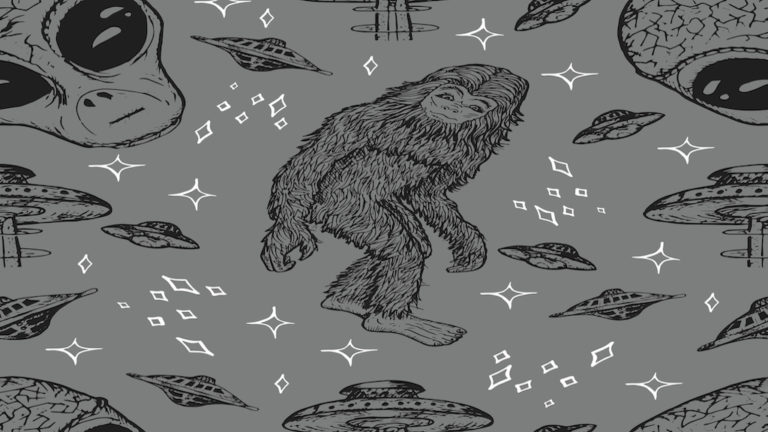
John Keel, the prominent ufologist and paranormal researcher, famous for the Mothman Prophecies, once proposed the idea that there are “window areas” throughout the world, connecting our reality with parallel dimensions. These areas, Keel imagined, may help elucidate some unexplained reports of entities that are too fleeting or confusing to later detail or prove. With the increasing plausibility of the multiverse theory and infinite neighboring universes, maybe we should be asking ourselves; are UFOs and Bigfoot interdimensional travelers, and could there be a connection between the two?
Interdimensional Bigfoot Theories
For hundreds of years, people worldwide have reported encounters with monsters, fairies, demons, and cryptids. To this day those experiences persist, while many of these same entities have also been encountered through the use of psychedelics.
Now, it would be easy to say these are simply archetypal figures; beings our collective consciousness conjures in our minds with anthropomorphic features based on fears or subliminal functions of our psyche. Or we could entertain the ostensibly bizarre possibility that these are entities from another dimension operating on higher realms of existence.
Keel referred to these entities as ultra-terrestrials; beings capable of crossing dimensions at will, often acting as “cosmic pranksters.” Daniel Pinchbeck says he experienced prankster entities from a psychedelic realm cross into the real world after encountering them during and in the subsequent weeks following a psychedelic trip.
When it comes to Bigfoot, Sasquatch, the Yeti, or whatever you want to call them, there is often a playfulness and/or spookiness described in their actions. Tree knocking or eerie screams alert us to their presence until we get close enough where they might offer a glimpse, before vanishing seemingly into thin air.
Their appearance could be considered another form of prank, embodying a primitive, ape-like creature that exudes a noxious odor. Yet, they’re able to evade contact with us despite thousands of reported sightings over hundreds of years. Is Sasquatch cosmically trolling us?
An intriguing account tying UFO’s and Bigfoot together comes from an 1888 meeting between cattle ranchers and a group of Native Americans in Northern California. The natives described three “crazy bears” that descended from the sky in a small moon, leaving them in the woods before taking off.
In another instance, in Cincinnati, Ohio in 1973, a woman named Reafa Heitfield and her daughter were awakened in the middle of the night to a beam of light extending down from a bulbous umbrella shape in the sky. Tracking the light to where it landed in the nearby woods, the two noticed a grayish, simian creature wandering toward the beam. Before they knew it, both the ape and the craft disappeared.
Though these stories may be apocryphal in nature, it’s reported that at least 20 percent of Bigfoot sightings coincide with UFO events.
Jack Cary, a cryptozoologist who has studied Bigfoot for decades, says he believes it’s alternatively plausible that Bigfoot is being abducted by UFOs in much the same way humans are, to study its DNA and physical attributes.


